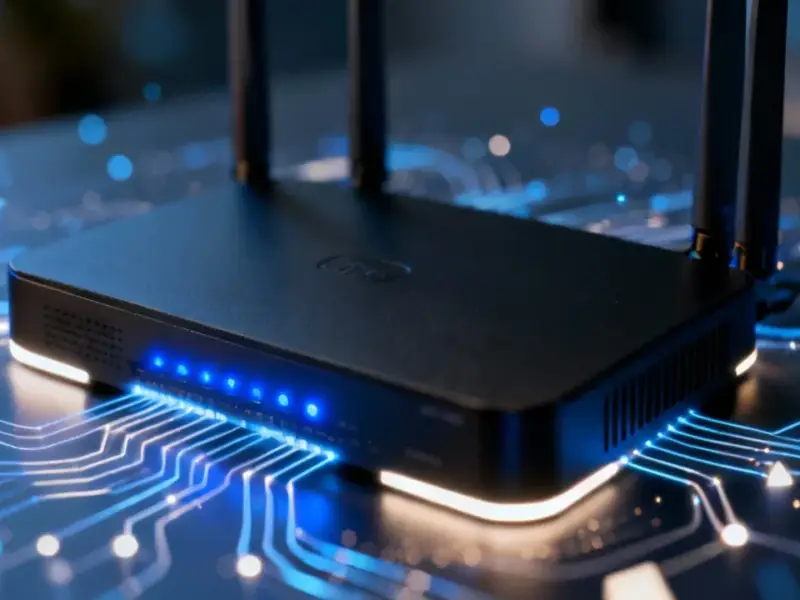According to Forbes, artificial intelligence is collapsing attack execution timelines from days or weeks to mere minutes, forcing cybersecurity to evolve from reactive to preemptive defense. Israeli startup Malanta recently exited stealth with $10 million in seed funding led by Cardumen Capital to pursue this approach, with notable angel investors including CyberArk founder Udi Mokady. The company focuses on identifying “indicators of pre-attack” like domain registrations and infrastructure setup that precede malicious activity. Den Jones of 909Cyber explains that adversaries can now build and deploy entire campaigns before defenders know they exist, while Malanta’s Guy Ben Arie notes attacks can start and finish within a minute. This fundamental shift introduces new metrics like “mean time to preempt” and represents a complete rethink of cybersecurity strategy in the AI era.
AI changes everything
Here’s the thing about AI in cybersecurity: it’s not just another tool in the toolbox. It’s fundamentally rewriting the rules of engagement. Attackers using generative AI can now automate reconnaissance, create polymorphic code that constantly changes to evade detection, and test exploits autonomously. Basically, what used to require nation-state resources is now available to pretty much anyone with malicious intent.
And the timeline compression is staggering. We’re talking about attacks that used to take days or weeks now happening in minutes. Think about that for a second. How can any human security team possibly keep up with that? They can’t. That’s the whole point. The imbalance between offense and defense has never been more pronounced.
Skating to where the puck is going
Malanta’s approach is essentially taking Wayne Gretzky’s famous advice and applying it to cybersecurity. Instead of analyzing where the attack was, they’re trying to predict where it will be. Their platform looks for what they call “indicators of pre-attack” – the digital breadcrumbs that suggest someone is preparing to launch an assault.
This could be newly registered domains that look suspiciously similar to legitimate companies, command-and-control infrastructure being set up, or phishing kits being staged. The idea is to catch the attackers while they’re still setting up their operation, before they ever get a chance to strike. It’s like catching a burglar while they’re still casing the neighborhood rather than waiting until they’ve broken into your house.
The new metrics that matter
Traditional security operations centers have been obsessed with mean time to detect and mean time to respond. But as Kobi Ben-Naim from Malanta points out, those metrics start the clock too late. By the time you’re detecting something, the attack is already underway.
Pre-attack prevention introduces “mean time to preempt” as the new gold standard. It’s not just about detecting earlier – it’s about having the KPIs to prove you can identify threats before they materialize and eliminate them before they grow. This is crucial for executives who need to demonstrate real security effectiveness, not just reaction speed.
The arms race accelerates
What we’re seeing is essentially an arms race between autonomous agents. Attackers use AI to find the optimal infiltration routes, while defenders use AI to anticipate and interrupt those moves. According to Ben-Naim, the winner isn’t necessarily the one with better algorithms – it’s the one who acts first.
Now, whether this approach will scale effectively remains to be seen. Malanta’s early work with national cyber authorities suggests promise, but we’re in uncharted territory here. The fundamental question is: can we really predict malicious intent reliably enough to take preemptive action without creating massive false positives?
One thing’s for sure – the days of purely reactive cybersecurity are numbered. As AI continues to accelerate both attack and defense, organizations that cling to old models will find themselves hopelessly outmatched. The future belongs to those who can see what’s coming and stop it before it ever arrives.




